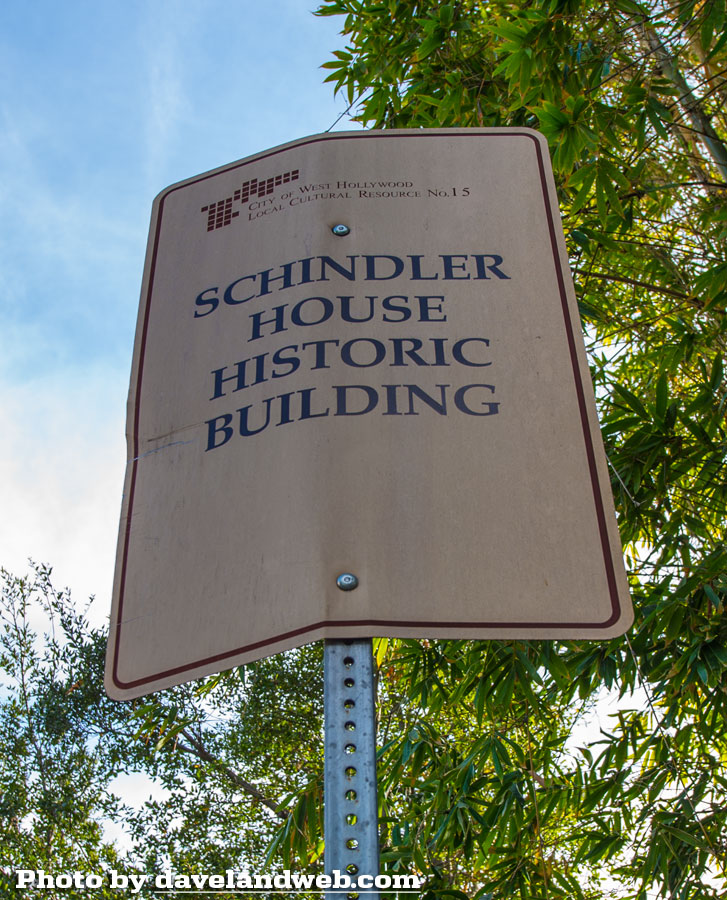
While on a Frank Lloyd Wright tour a number of years ago, we were also treated to the Schindler House (1921) in West Hollywood. As our bus parked in the residential neighborhood, I was not really impressed by the exterior of this “home” which was barely visible from the street behind the bamboo that shields it from passersby. The designer, Rudolph Michael Schindler, left Vienna in 1914 to study his craft under Wright. The die was cast when Schindler and his bride, music teacher Pauline Gibling, paid their first visit to Wright’s home in Wisconsin, Taliesen. As arch daily described it:
The experience had a significant impact on both Rudolf and Sophie–the manner in which the house and its rural surroundings coexisted in harmony appealed to them, and they began to dream of building a new studio home for themselves.

The recently married couple settled in Los Angeles, where they met Irving Gill, known as pioneer in the Modern Movement of architecture. Tired of the abundance of Spanish Colonial homes that were so popular in Southern California, Gill strove to build structures in pure as form as possible, rather than laden with ornamentation. From Gill himself:
It would be greatly for our aesthetic good if we should refrain entirely from the use of ornament for a period of years, in order that our thought might concentrate acutely upon the production of buildings well formed and comely in the nude.

Schindler embraced Gill’s tilt-slab construction, in which concrete walls are poured into molds and tilted into place on location after curing. For his own home, Schindler wanted a communal-type residence that would be shared with another couple. The plan for the house can be given a great deal of credit to his wife, Pauline Gibling, who met Schindler in Chicago in 1918. A wonderful New Yorker article gives the background:
Gibling studied music at Smith College before branching out into writing, criticism, education, and activism, had imagined a place like the Schindler House as early as 1916, writing of “a little joy of a bungalow, on the edge of woods and mountains and near a crowded city, which shall be open just as some people’s hearts are open, to friends of all classes and types.” Gibling set the tone for life at 835 Kings Road, fostering a bohemia that rivalled any in Greenwich Village.
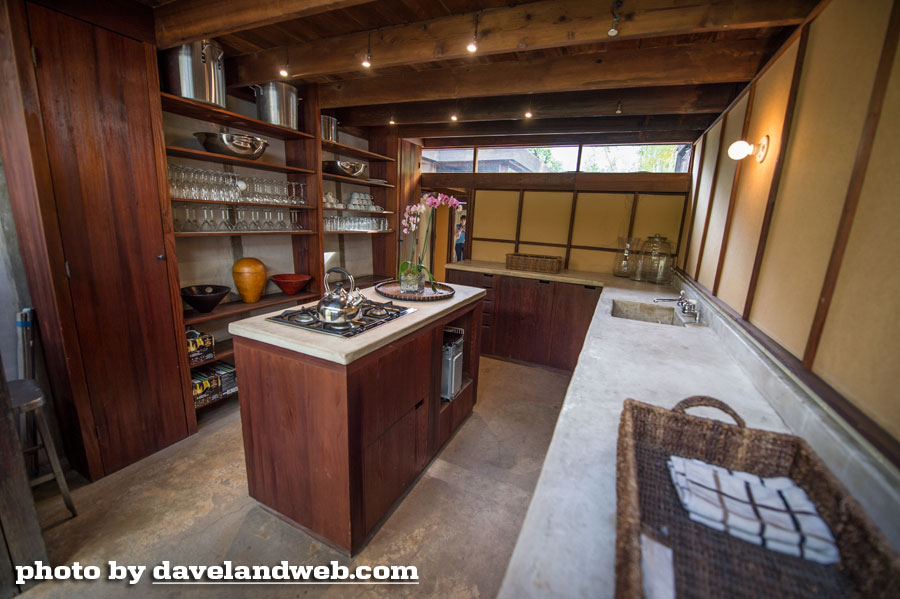
The house was conceived as a “cooperative dwelling for two young couples.” Schindler would serve as the architect and Clyde Chace (who with his wife Marian was the other young couple) acted as builder. The house was conceived as (according to MAK Center):
…an experiment in communal living to be shared with another couple, Clyde and Marian Chace. There were four rooms, one for each person to “express his or her individuality.” The communal gathering areas were patios in the garden, one for each family. There was a shared kitchen and outdoor sleeping porches were provided on the roof. A guest apartment with its own kitchen and bath extended from the rear of the house.
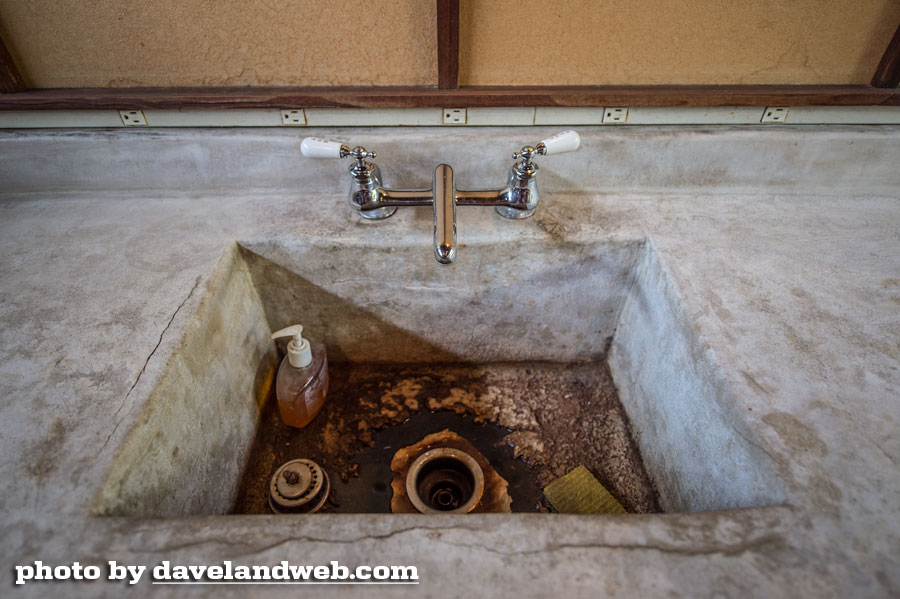
The wives took part in the construction process, too, which improved upon Gill’s tilt-slab system by pouring smaller units of concrete which could be put in place without a crane; the seams between the concrete were glass, which had the added benefit of allowing more light inside. While that was the original intention, one thing I noticed while inside was that it seemed perpetually dark. It was probably not this way when first constructed and the landscaping was non-existent. The plethora of multi-level apartments that cropped up around it over the years also shield out the sun.

Completed June 1922, the two couples only lived here for two years. The Chaces moved to Florida after the birth of their second child, right about the same time that theatergoers were able to catch a glimpse of the house in the Buster Keaton film, “Sherlock Jr.” (1924):
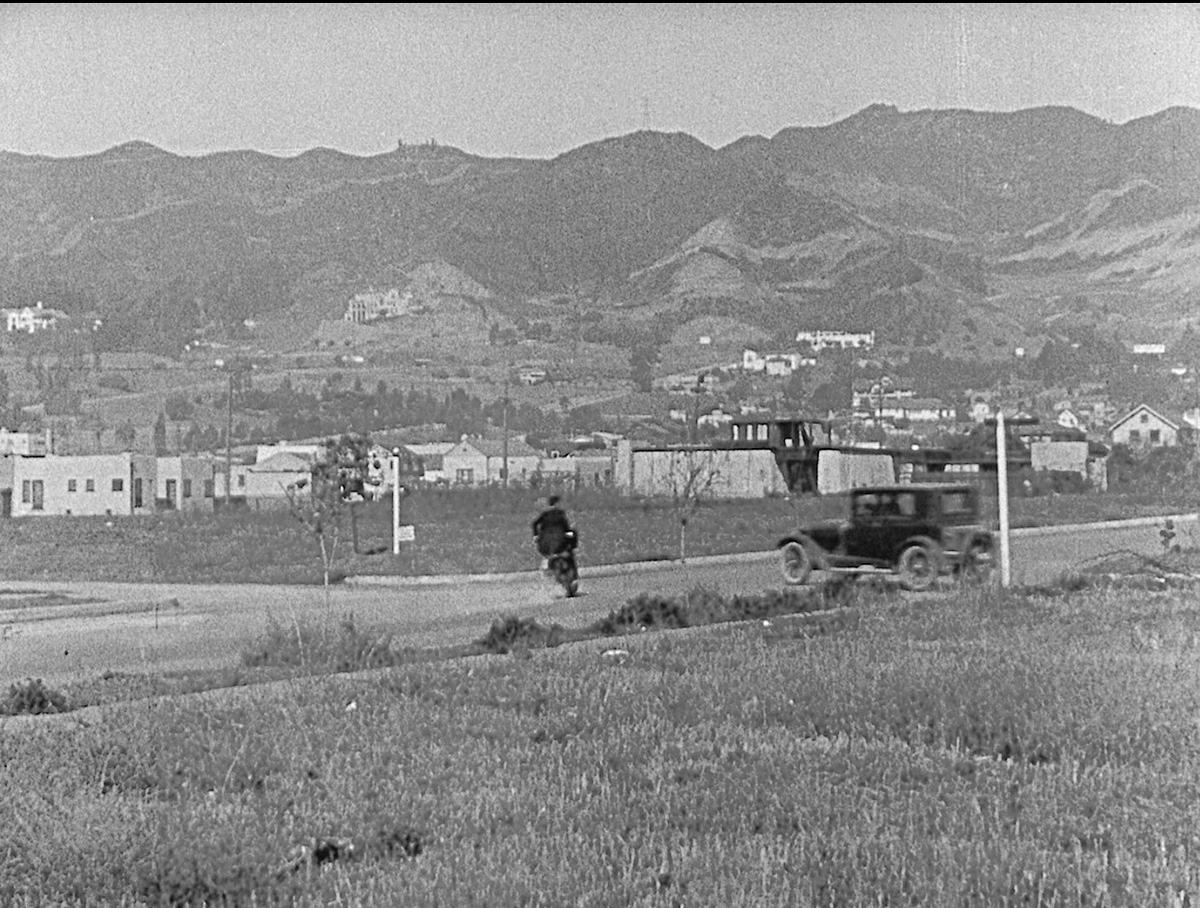
Schindler and his wife split in 1927 with Pauline moving out. Austrian-American architect Richard Neutra moved into the Chace’s portion for a few years, and when he departed, Pauline moved back in and resided in separate quarters from her ex-husband until Schindler’s death in 1953.
The home is also known as the incubator for a number of other architectural masterpieces, such as the Lovell house (Neutra, 1929, Los Angeles), Pueblo Ribera Court (Schindler, 1925, La Jolla), the Jardinette Apartments (Neutra, 1928, Hollywood), and The Charles H. and Ethel Wolfe house (Schindler, 1931, Catalina Island).

Three years before her 1977 death, Pauline created a nonprofit organization, the Friends of the Schindler House, to help ensure the house’s preservation. The organization acquired the house in 1980 and began a program to restore the house, using its original 1922 comopletion date as the reference point. In 1994, the home turned into the headquarters of MAK Center for Art and Architecture, an independent satellite of the MAK – Austrian Museum of Applied Arts, Vienna, in cooperation with the Federal Chancellery of Austria/Art Division and the Friends of the Schindler House (FOSH). The list of guests/residents that passed through the Schindler house is just as impressive, and included Upton Sinclair, Aldous Huxley, photographer Edward Weston, Frank Lloyd Wright (and his son, Lloyd), and composer John Cage.
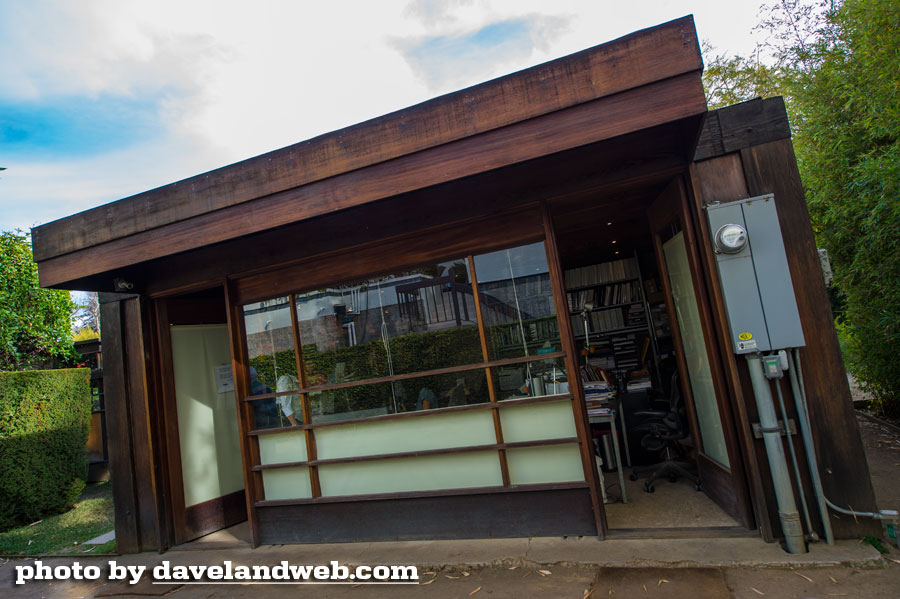
It was a truly interesting idea, and the structure itself is very innovative; just not sure it would be for me.
See more Schindler House photos at my main website.

No comments:
Post a Comment